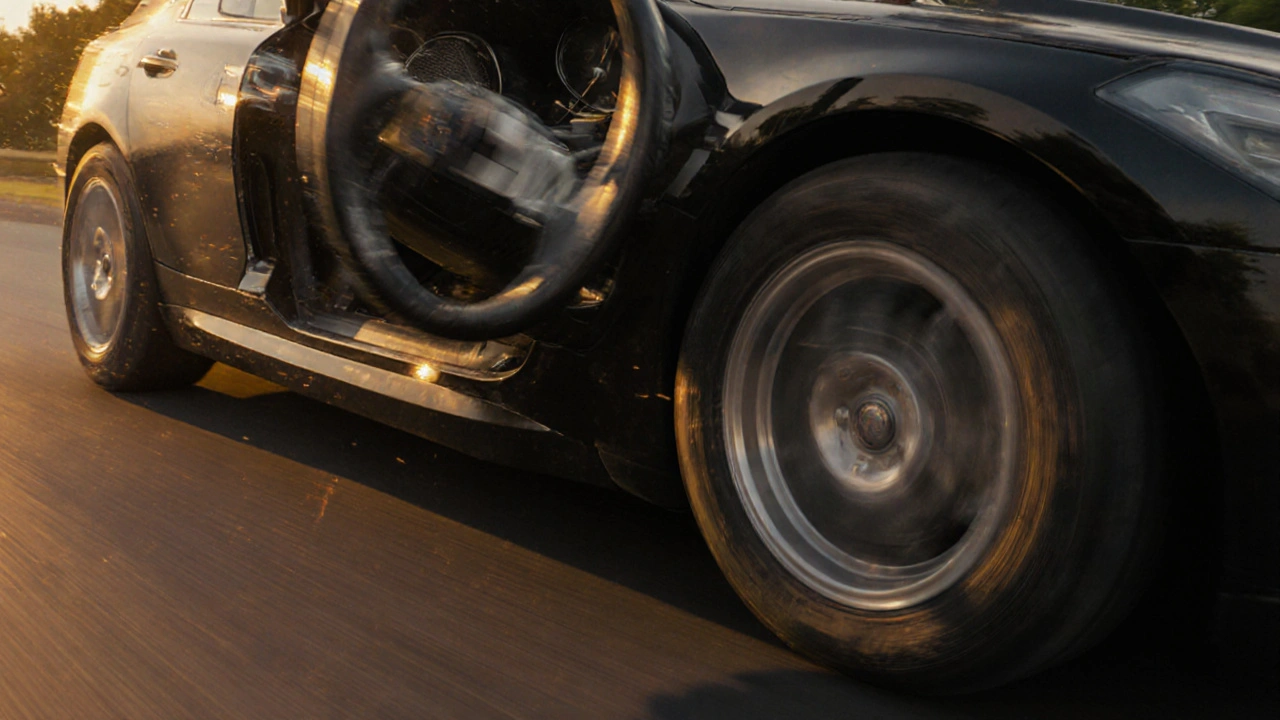When you hit the brakes, the brake rotors, flat metal discs attached to your wheels that brake pads clamp down on to slow your car. Also known as brake discs, they’re one of the most important safety parts you never think about—until they start making noise or your car pulls to one side. Every time you brake, friction between the pads and rotors turns your speed into heat. That heat builds up, expands the metal, and slowly wears both parts down. Over time, rotors get thinner, warped, or scored. If you ignore it, you’ll eventually need a full brake job—and it’ll cost more than if you’d caught it early.
Brake rotors don’t work alone. They’re part of a system that includes brake pads, the friction material that presses against the rotors, and brake calipers, the hydraulic clamps that squeeze the pads. A bad rotor can ruin new pads fast. A worn caliper can cause uneven wear. That’s why you can’t just replace one piece and call it done. Most mechanics check all three together. Signs you’re due for attention include squealing, grinding, vibration in the pedal, or longer stopping distances. Even if your pads look fine, a rotor that’s below the minimum thickness spec is dangerous. It can crack under pressure.
Not all rotors are made the same. Stock rotors are fine for daily driving, but if you haul heavy loads, drive in the mountains, or just want better stopping power, upgraded rotors—like slotted or drilled—can help manage heat better. But they’re not magic. They still wear. They still need checking. And if you’re buying used parts, make sure they’re not already warped or cracked. A cheap rotor that’s been resurfaced too many times will fail sooner than a new one.
What you’ll find in the posts below isn’t theory. It’s real talk from people who’ve been there. You’ll see how brake controllers affect stopping power when towing, how to spot early signs of rotor wear before it turns into a safety issue, and what the cheapest fixes actually are when your brakes start acting up. No fluff. No upsells. Just what you need to know to keep your car stopping where and when you need it to.
Posted by
Liana Harrow
9 Comments

Steering wheel vibration is usually caused by tire imbalance, warped brake rotors, or poor wheel alignment. Learn how to diagnose and fix each issue to avoid costly repairs and unsafe driving conditions.
read more